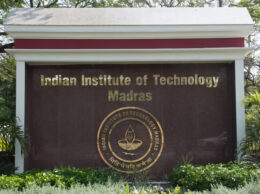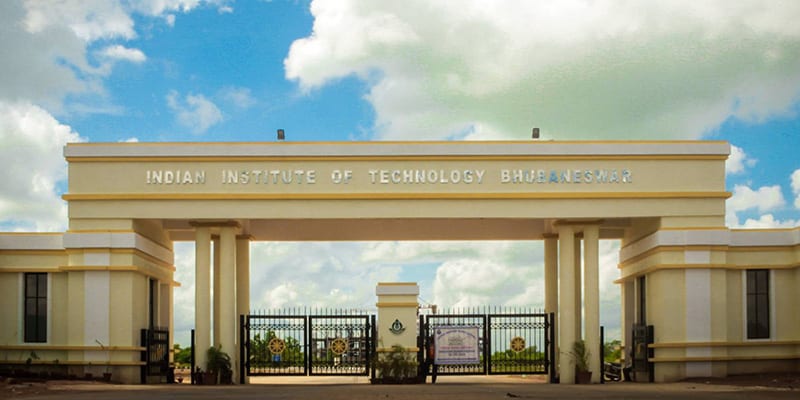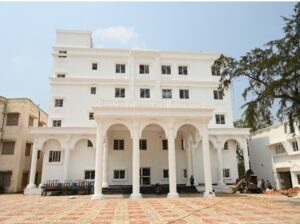GUWAHATI : The Technical Advisory Committee of National Supercomputing Mission (MSM-TAC) has approved the installation of a Supercomputing facility of the compute power of 650 TF (approx. 838TF Peak, 70:30 CPU & GPU Hybrid Supercomputing system) at the Indian Institute of Technology Guwahati, Assam. A supercomputer is a computer that has very high speed in its operation and higher memory. This supercomputing system can perform assigned tasks including multiple tasks at very high speeds than any other normal personal computer (PC) and in many cases are able to operate at speeds that are millions of times faster than ordinary PCs.
The installation of this supercomputing system at IIT Guwahati has been initiated under the National Supercomputing Mission (NSM). The Department of Science and Technology (DST) along with the Ministry of Electronics and Information Technology (MeitY) are coordinating the mission and the Center for Development of Advanced Computing (C-DAC), Pune, and Indian Institute of Science (IISc), Bengaluru, are the implementing agencies of the mission.
Speaking about the Supercomputing facility, Dr. T. G. Sitharam, Director, IIT Guwahati, said, “New Supercomputer at IIT Guwahati with 650 TFLOPS is more powerful and a technologically superior facility, which will play an important role in the field of scientific and engineering applications such as quantum mechanics, climate research, oil and gas exploration, molecular modelling, weather forecasting, spacecraft aerodynamics, computational systems biology and detonation simulations including the handling of large databases using Artificial intelligence models. IIT Guwahati has a large HPC user base already involved in solving many crucial problems that require more computational resources than that provided by using the existing 250 TFlops Param Ishan super computer at our computer center. IIT Guwahati will organize training courses to popularise the use and applications of supercomputers in the north eastern region and other major missions of the Government of India. IIT Guwahati is also planning to link this facility with our new interdisciplinary master programme on data sciences jointly initiated by EEE, CSE and Mathematics departments.”
C-DAC, Pune, will install the Supercomputing facility using the build approach of NSM in IIT Guwahati, which will provide necessary Data Centre space, power with back up, cooling, etc. for the facility. This new hybrid Supercomputing system will not only boost the HPC usages and research environment in the Institute but also enhance the research capability of the Northeast Region since around 40% of the compute power will be allocated to the external users as per the guidelines approved by the NSM-TAC. This is also aligns with the policy of IIT Guwahati to build a “Network of Excellence” among the institutes of Northeastern region.
IIT Guwahati has been connected through dual redundant NKN connectivity with 10Gbps bandwidth and already has another supercomputer “PARAM-ISHAN” of 250TF computing power, inaugurated by then Hon’ble Minister of Human Resource and Development, Shri. Prakash Javadekar on 19th September 2016. This facility has been extensively used by the faculty and researchers of the Institute to solve complex problems in the field of Chemical Engineering, Computational Fluid Dynamics (CFD), Biotechnology, Quantum High Energy Physics, Cosmology, Molecular Dynamics, Nanotechnology and Environment. Software like GROMACS, NAMD, WRF, LAMPPS, COMSOL, Ansys, OPENFOAM, GERRIS etc are available in the system for various uses.
Prior to the “PARAM-ISHAN”, IIT Guwahati was the active partner for the GARUDA Grid Computing project, India’s national grid computing initiative, a CDAC programme funded by the Department of Information Technology (DIT) to deploy a distributed networked infrastructure for universities, research laboratories, industry and government throughout India.
The National Supercomputing Mission envisages empowering the national academic and R&D institutions spread over the country by installing a vast supercomputing grid comprising of more than 70 high-performance computing facilities.









